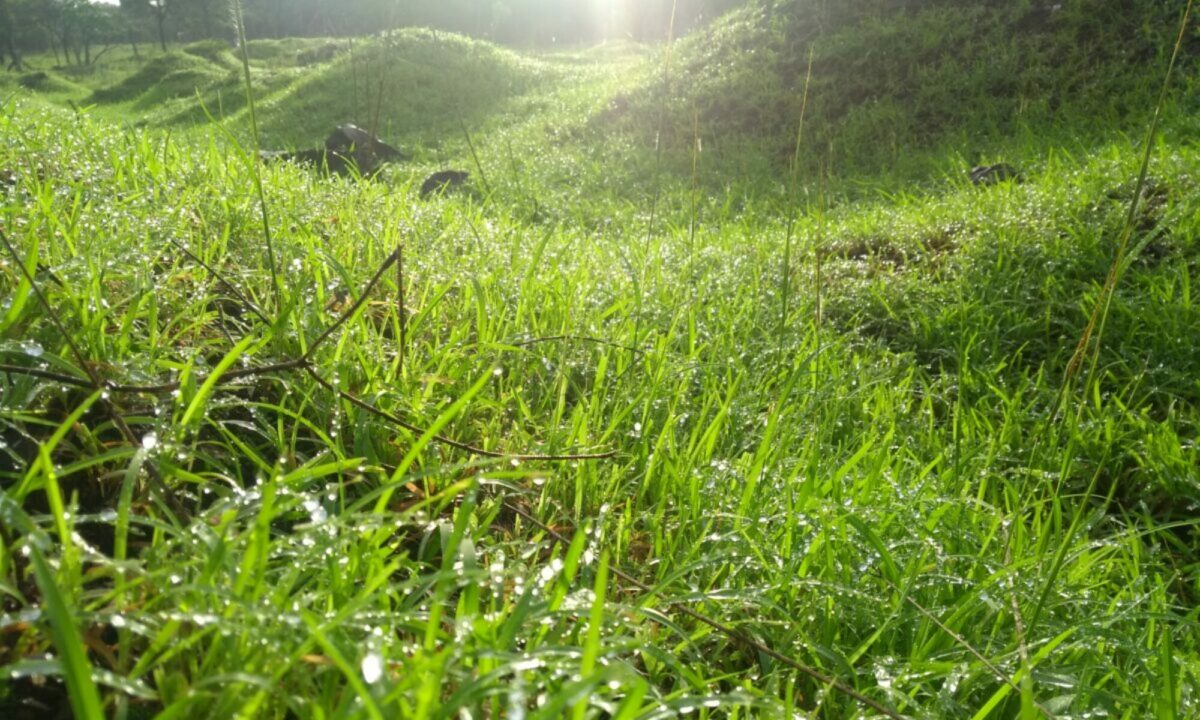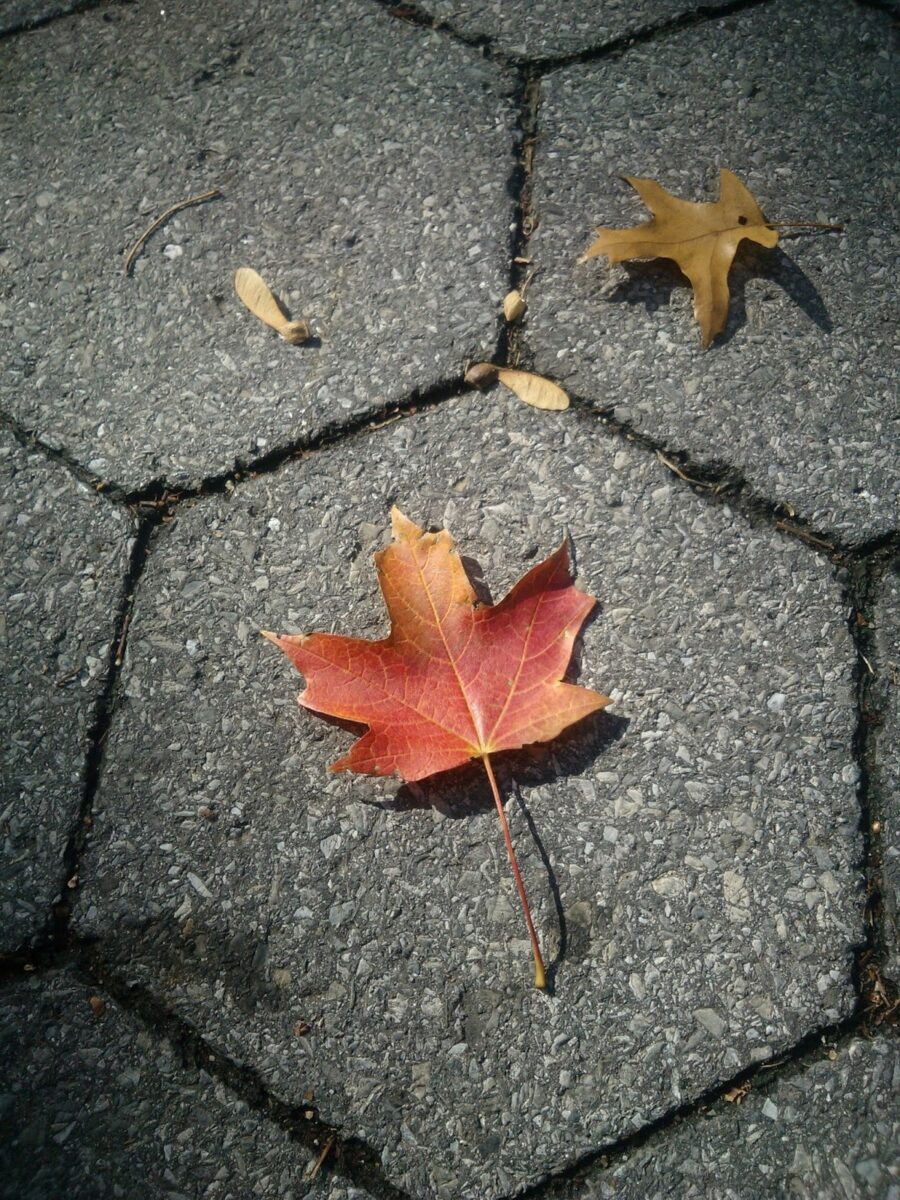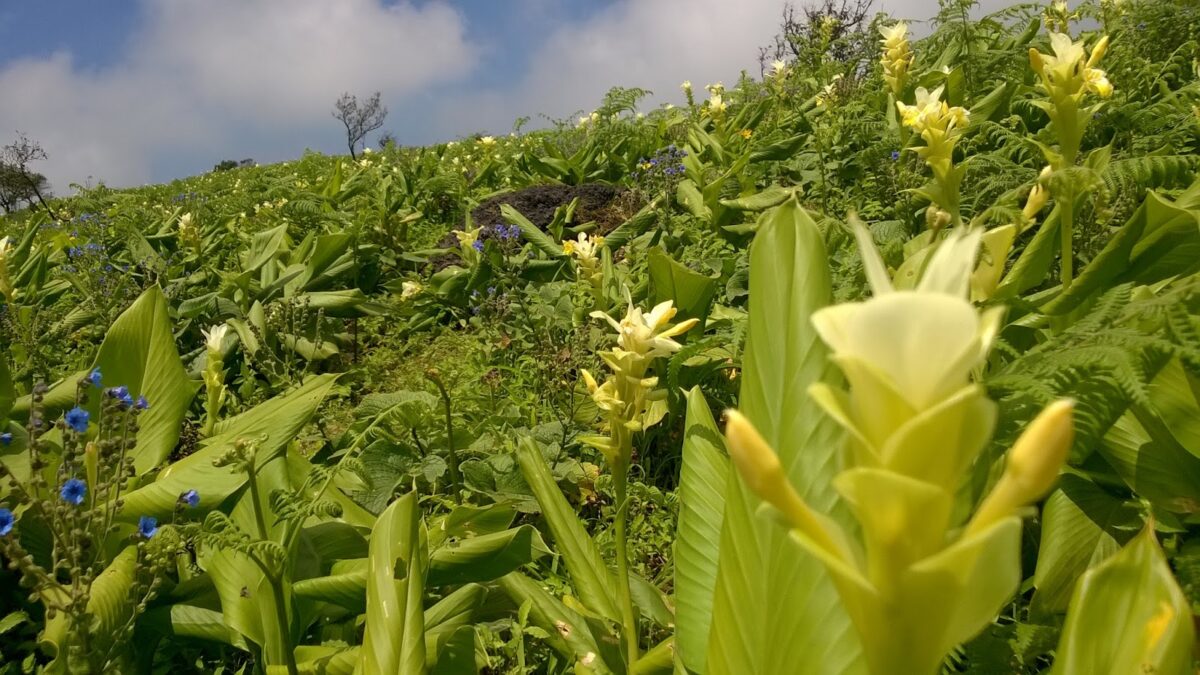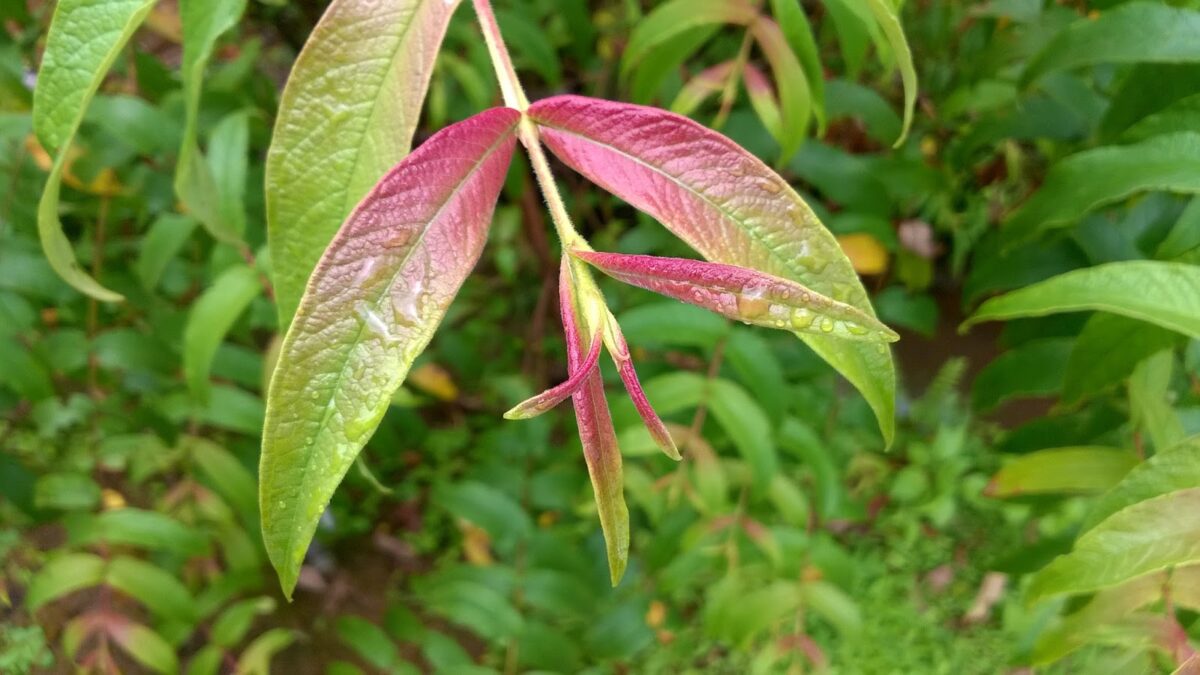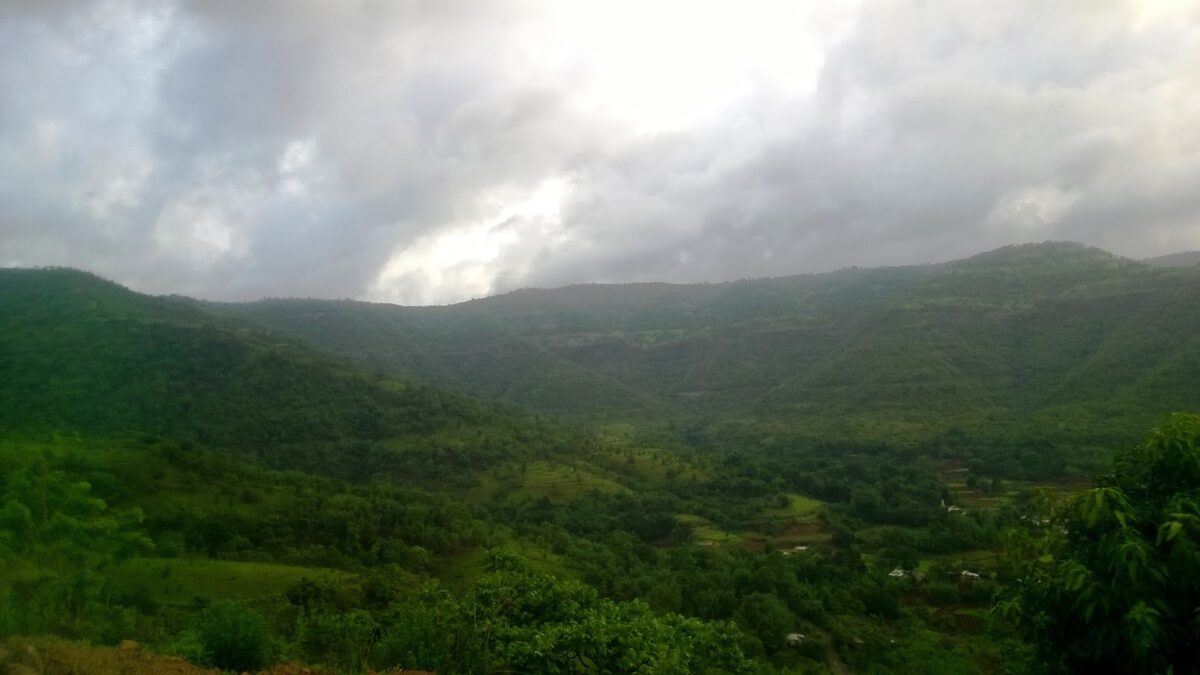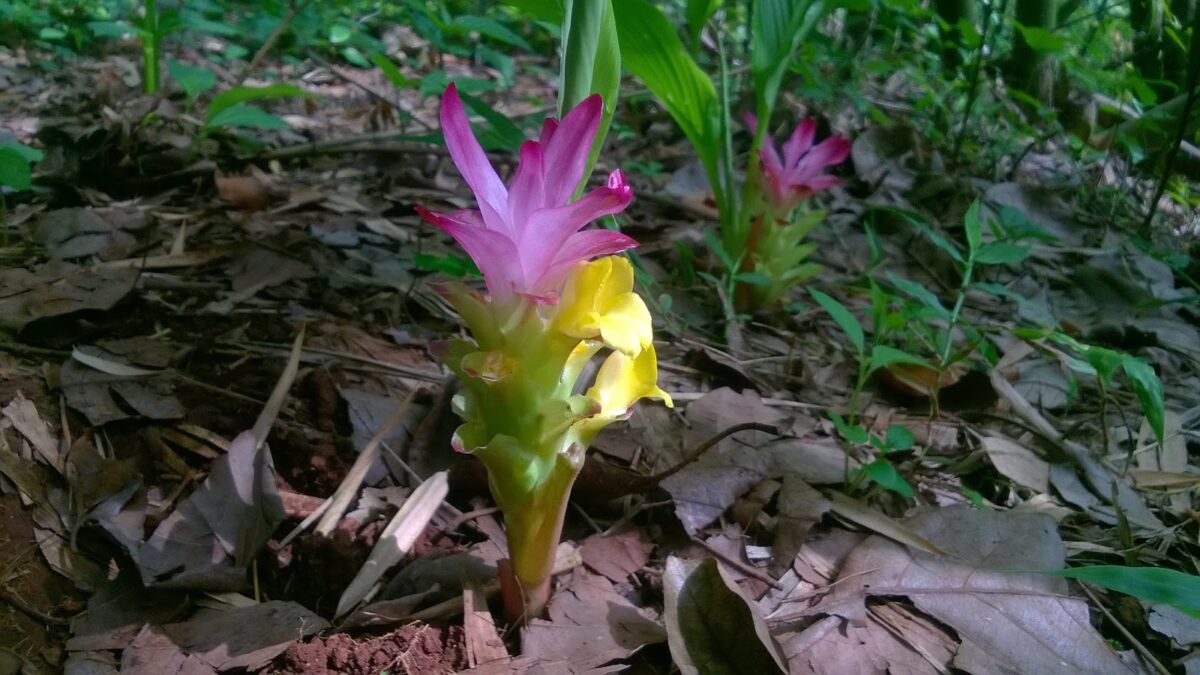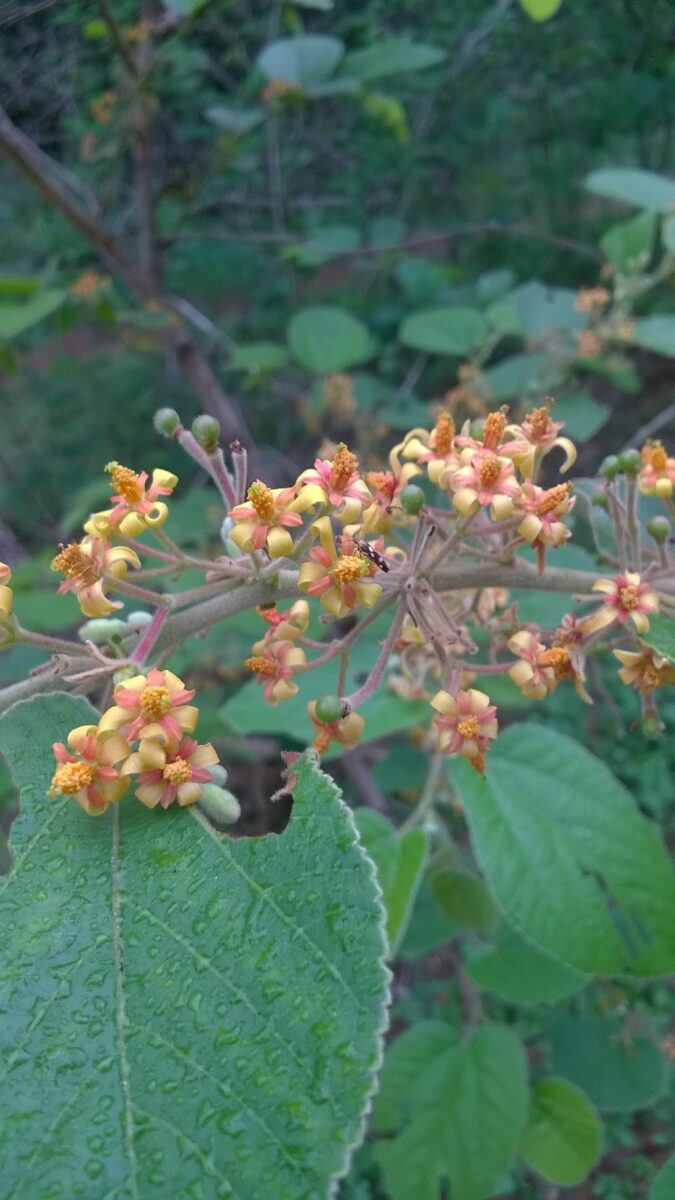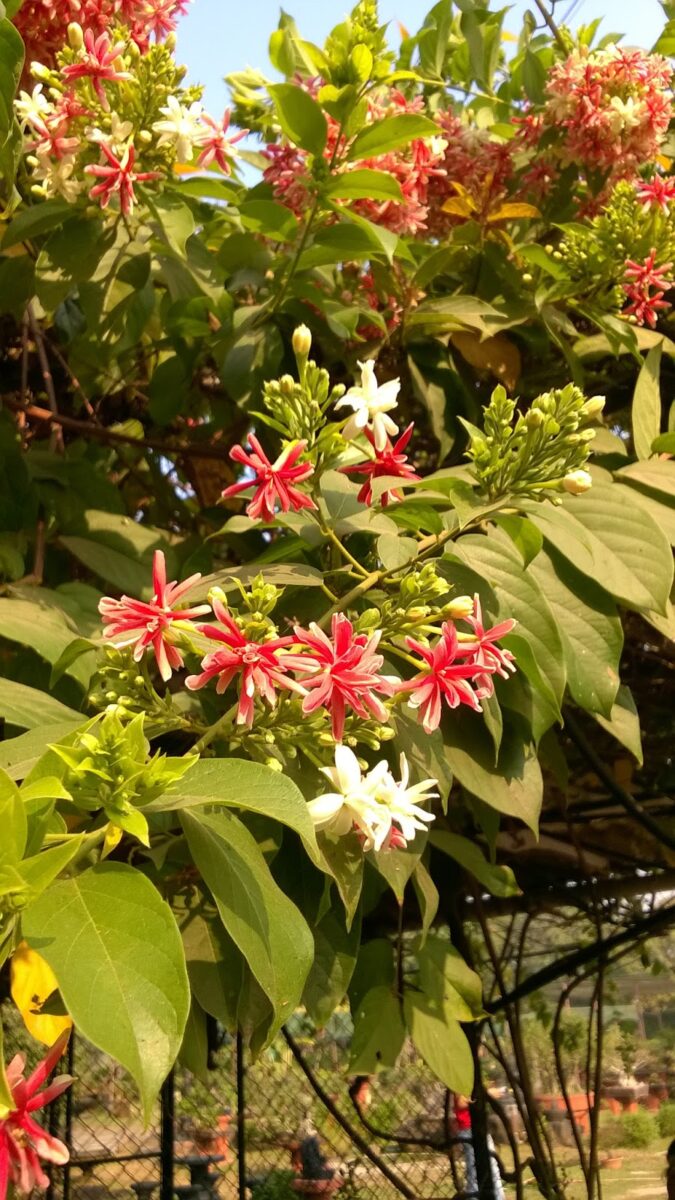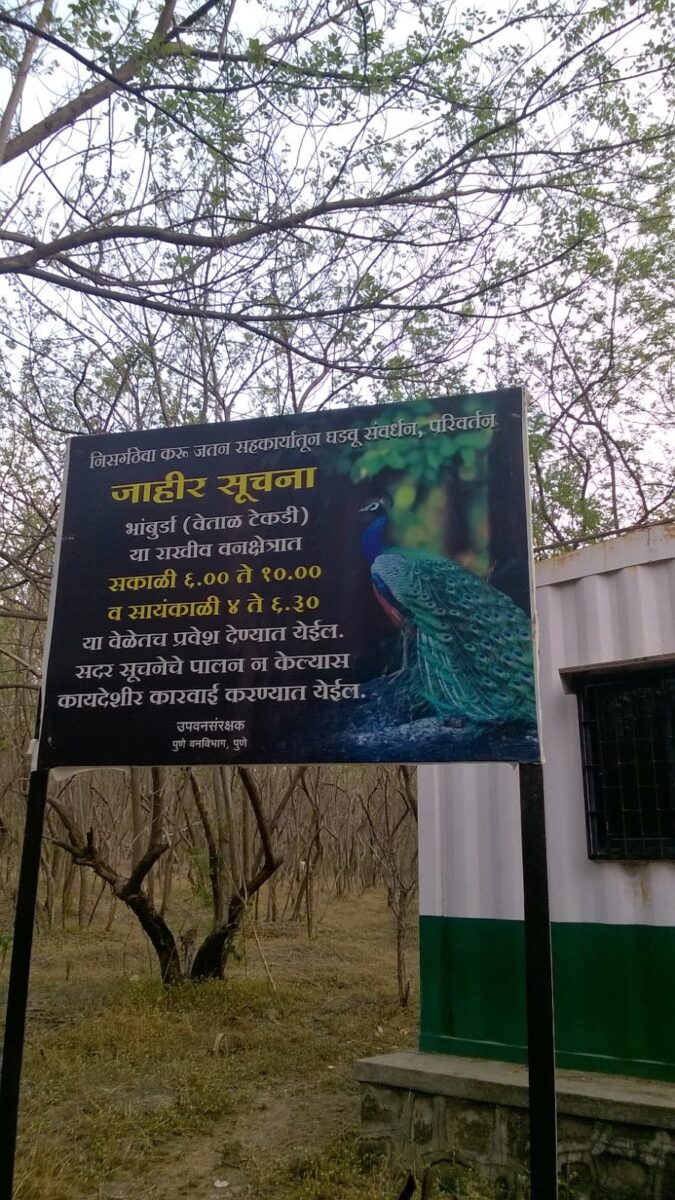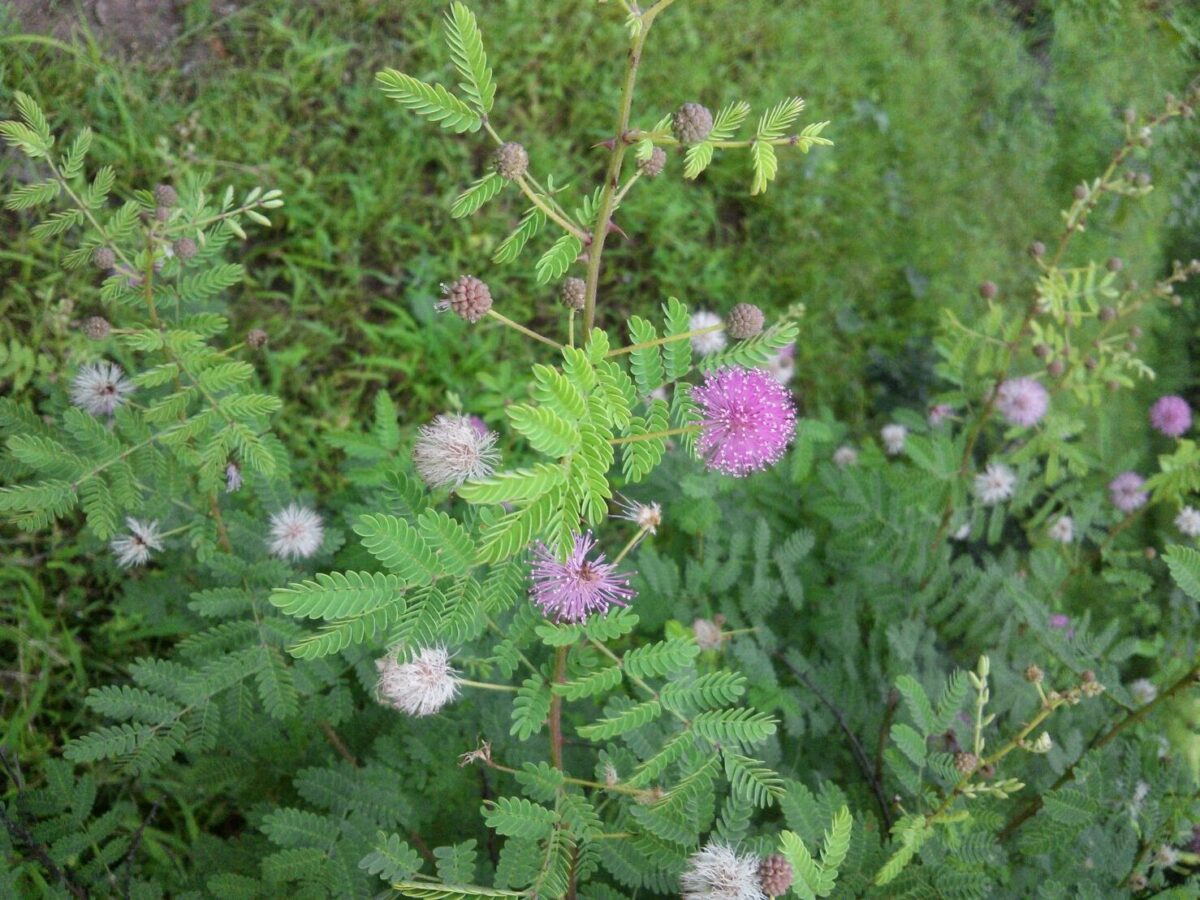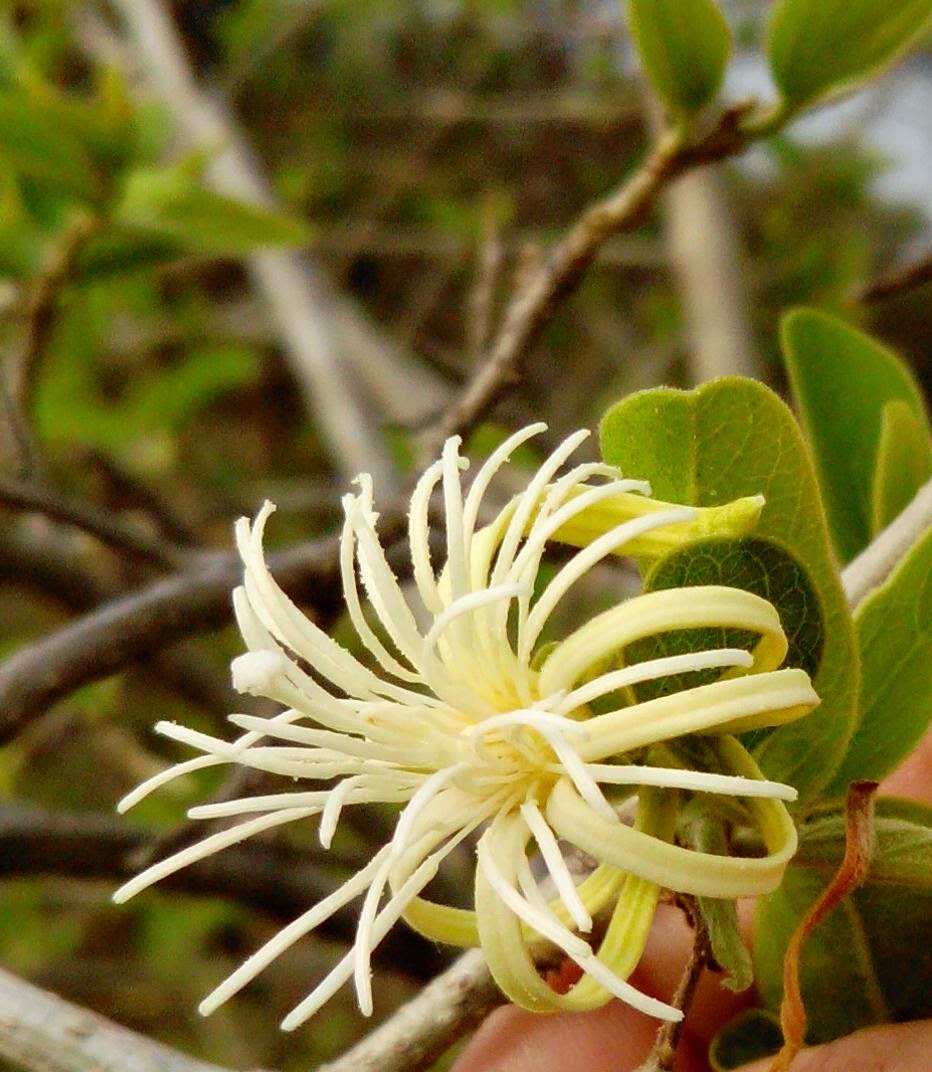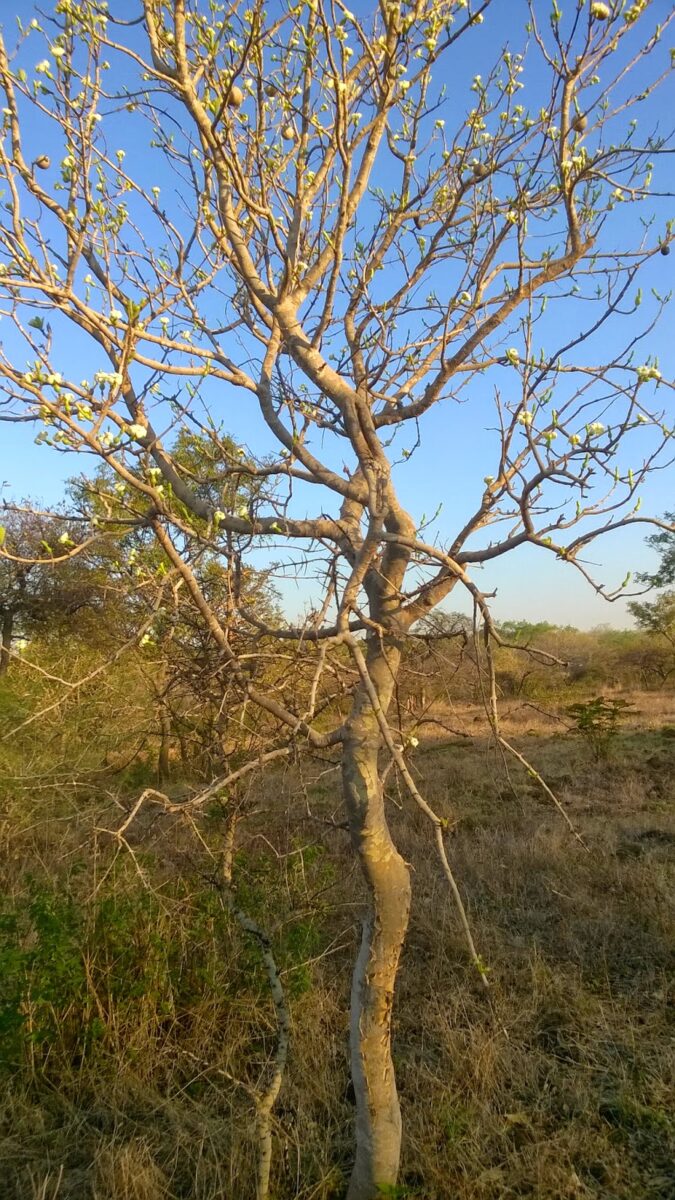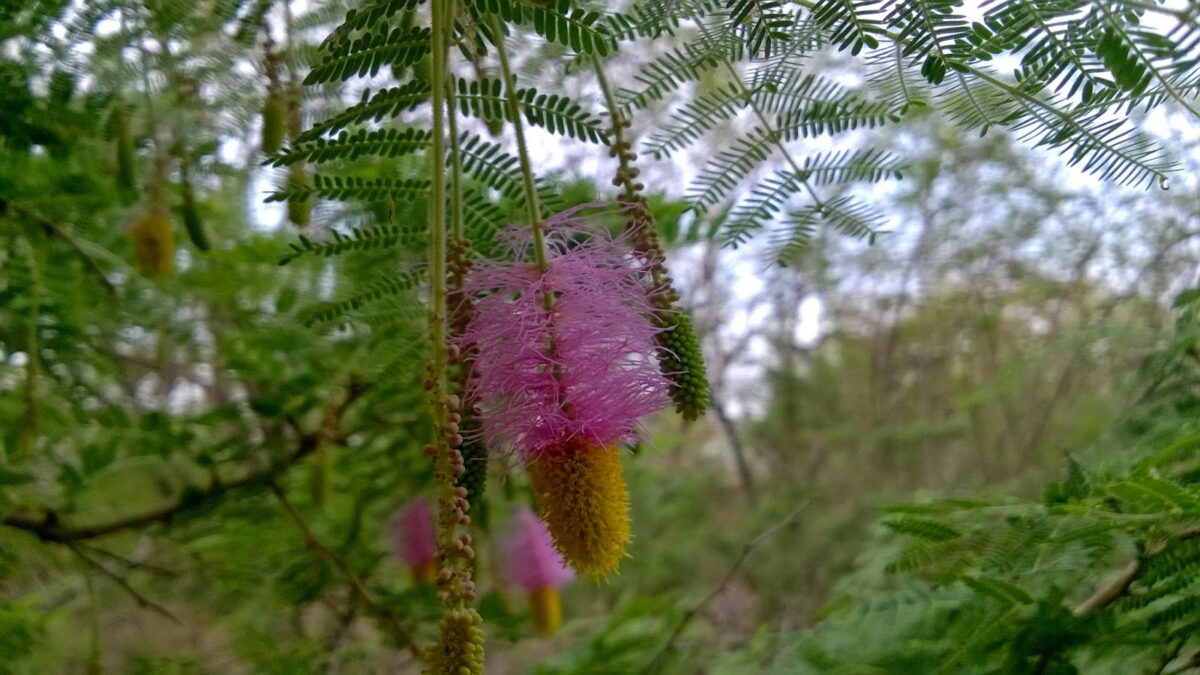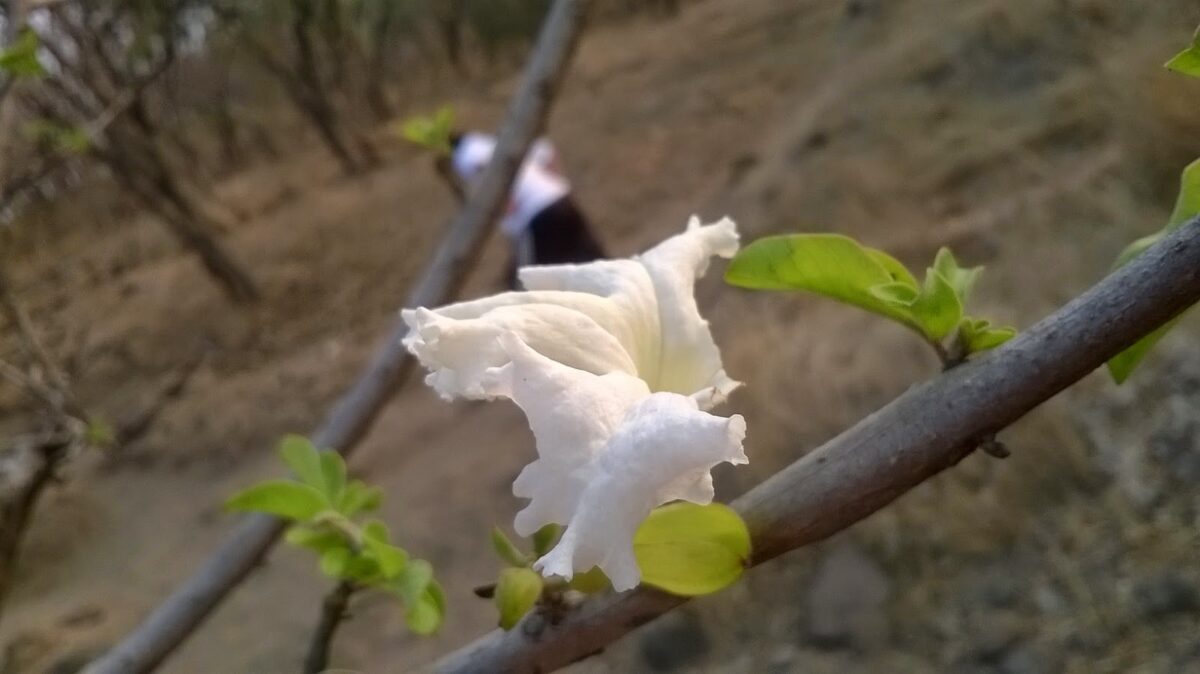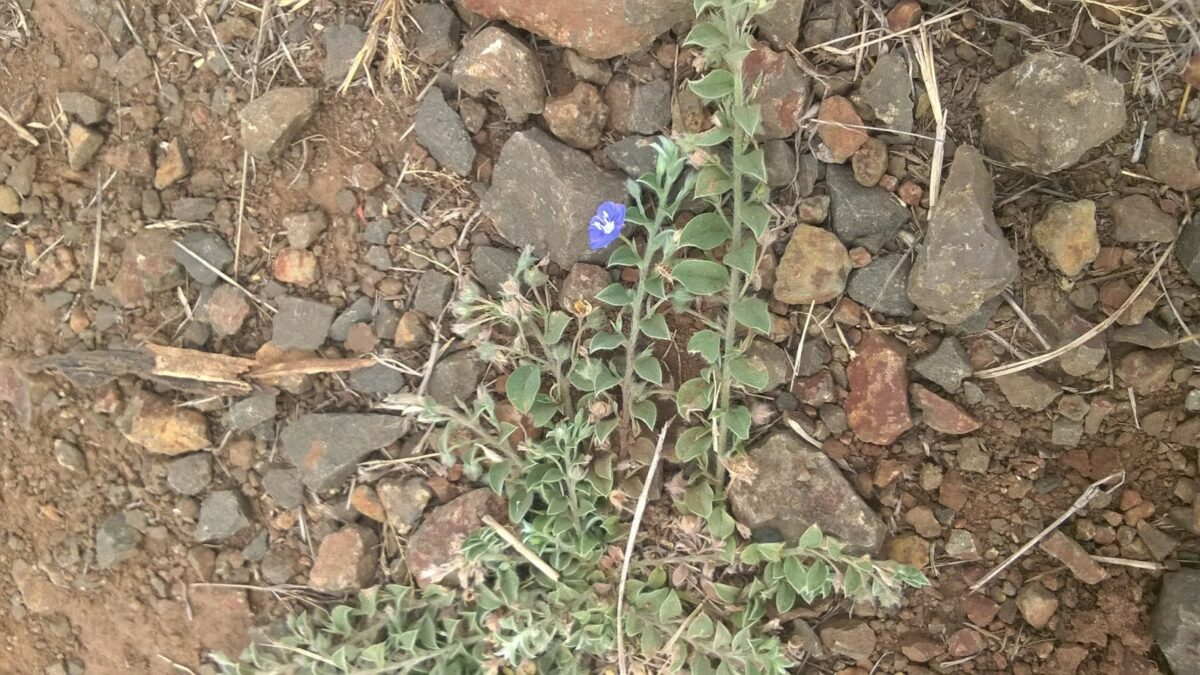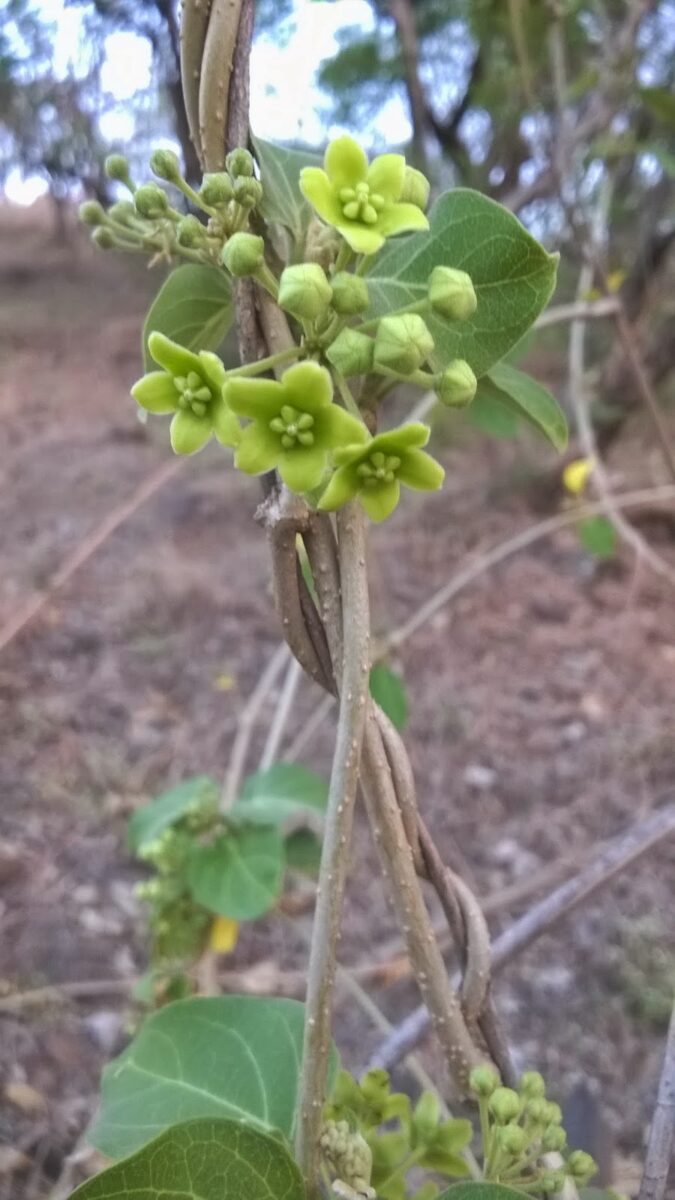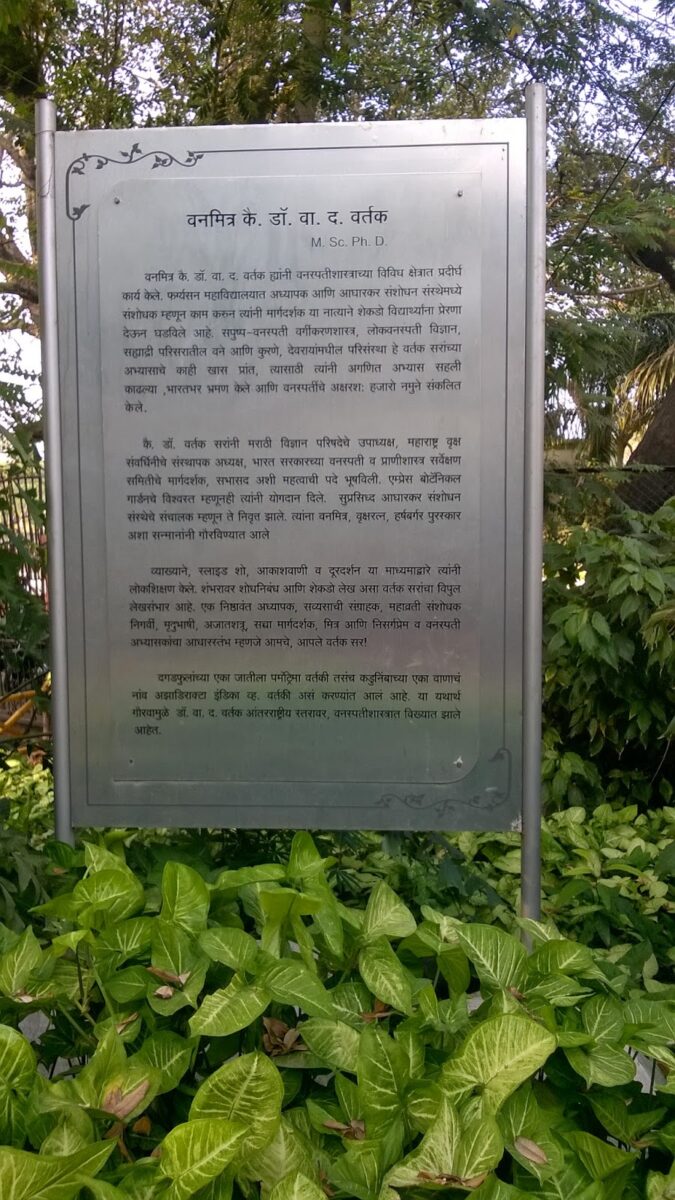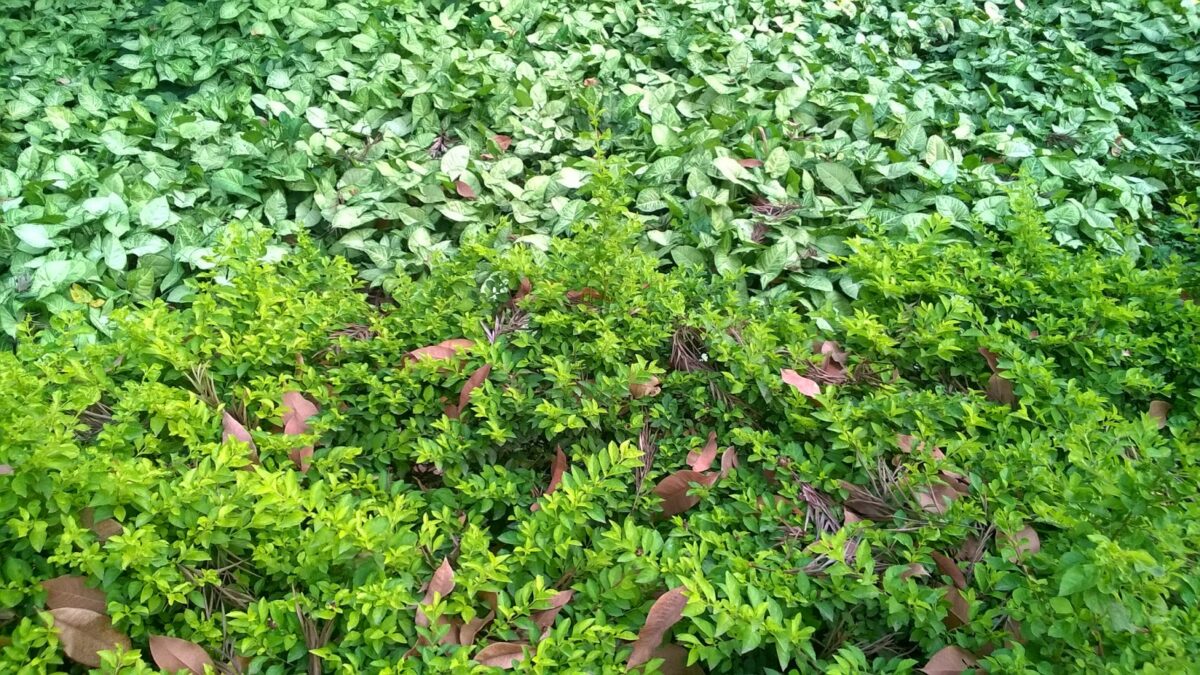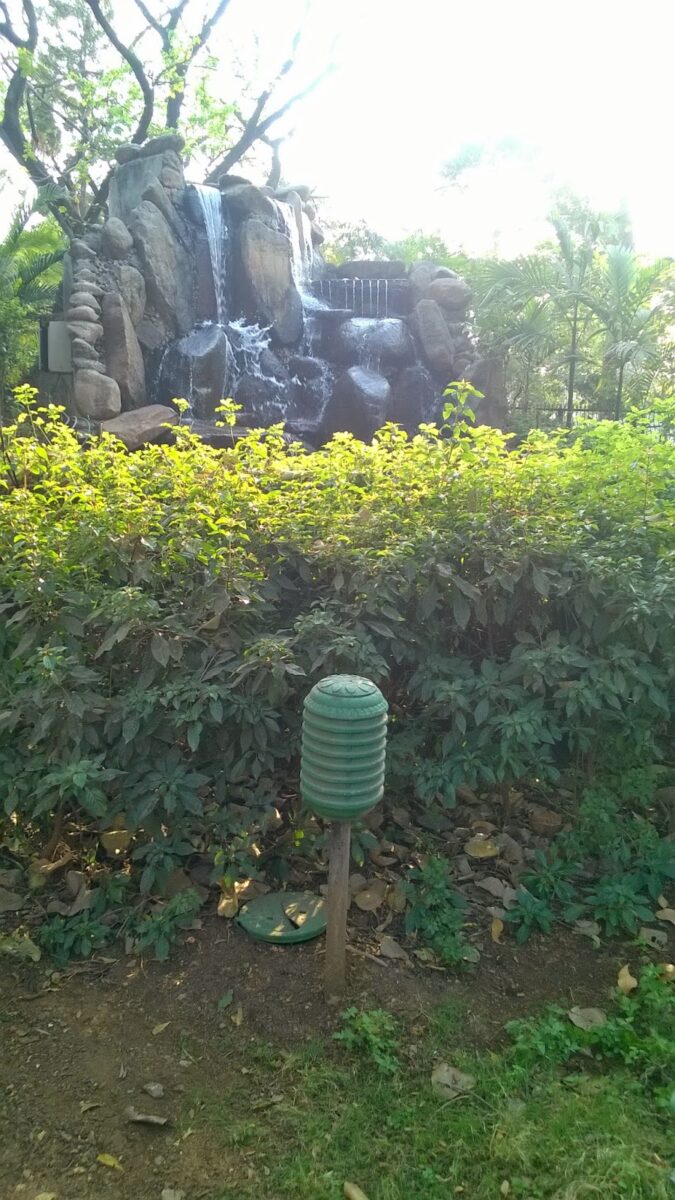Do I hear your ‘what’ and ‘where’???
Without any further ado let me not increase the suspense. A tree called Sterculia urens is commonly referred to as the White Ghost simply because of its shiny white trunk. In fact, its said that this is the only tree that can be identified in the dark because of the colour of its trunk.
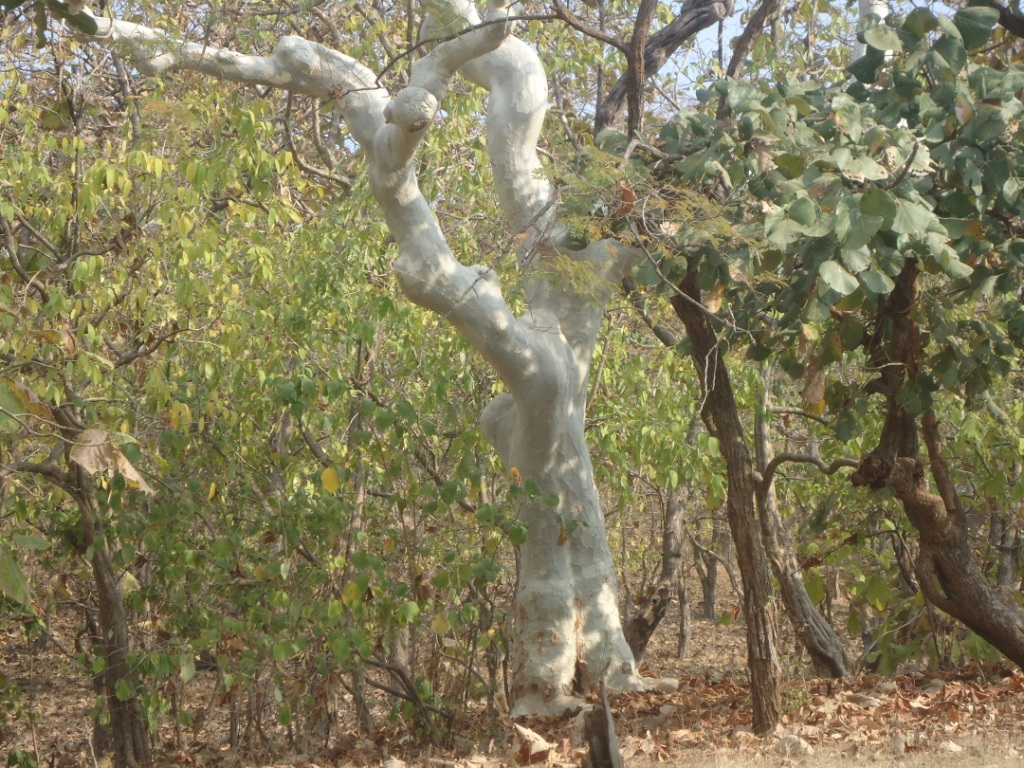
I am told that it is commonly seen in Tadoba but I encountered it in the forest at Sasan Gir. We were there to see the King but the White Ghost was the one that held my attention. It gave tantalising glimpses in a distance as we cruised around in our Gypsy (a vehicle by Maruti Suzuki). Now you saw it and now you don’t. It had disappeared behind a mass of Teak trees. Sanctuary rules forbade us from getting off the Gypsy to go closer to investigate. The closest we could manage was at a distance of about 50m but the image has stayed with since.
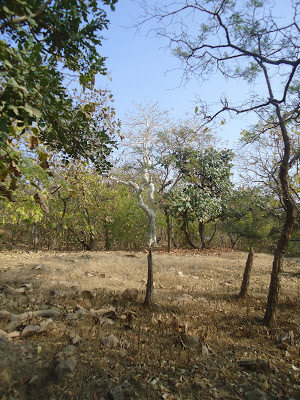
My amateurish images on the point on shoot camera do no justice to the stunning trunk texture. The totally bare branches had a pannicles of inflorescence at its end. Some trees had extensive branching resembling a dancer with multiple outstretched arms.
Our guide called it the Gum Tree and I have since learnt that the gum karaya exuded by this tree is used as a thickener, stabliser and emulsifier in foodstuffs. Roasted seeds are eaten.
I had seen one tree of this type on the Sinhagad slope but that trunk was not as dramatic as the one at Gir. I am told that the tree trunk changes colour, a fact that I have yet to verify.
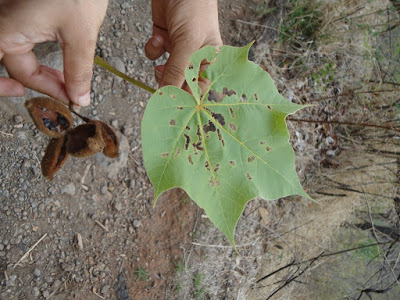 |
| Fruit and leaf of Sterculia urens (this image from the tree at Sinhagad) |
In his book ‘Deshi Vruksha’ , Prof SD Mahajan has described this tree in detail. Belonging to the Sterculiaceae family, its flowers don’t look like flowers, fruit does not look like a fruit either.
The bark of this tree changes colour from white to copper tinges, flaky and green when its leafless. Pradip Krishen’s ‘Jungle Trees of Central India’ has a wonderful collation of images of this magical bark!
Trees called Shivan (Marathi name for Gmelina arborea), Kinhai (Albezia procera) and Arjun (Terminalia arjuna) also have dramatic yellowish white trunks.
Have you seen this magnificent tree? Do you know of any other beautiful tree?
Take care and Happy Tree Spotting!
🙂
